 | –≠–ª–µ–∫—Ç—Ä–æ–Ω–Ω—ã–π –∫–æ–º–ø–æ–Ω–µ–Ω—Ç: C1962 | –°–∫–∞—á–∞—Ç—å:  PDF PDF  ZIP ZIP |
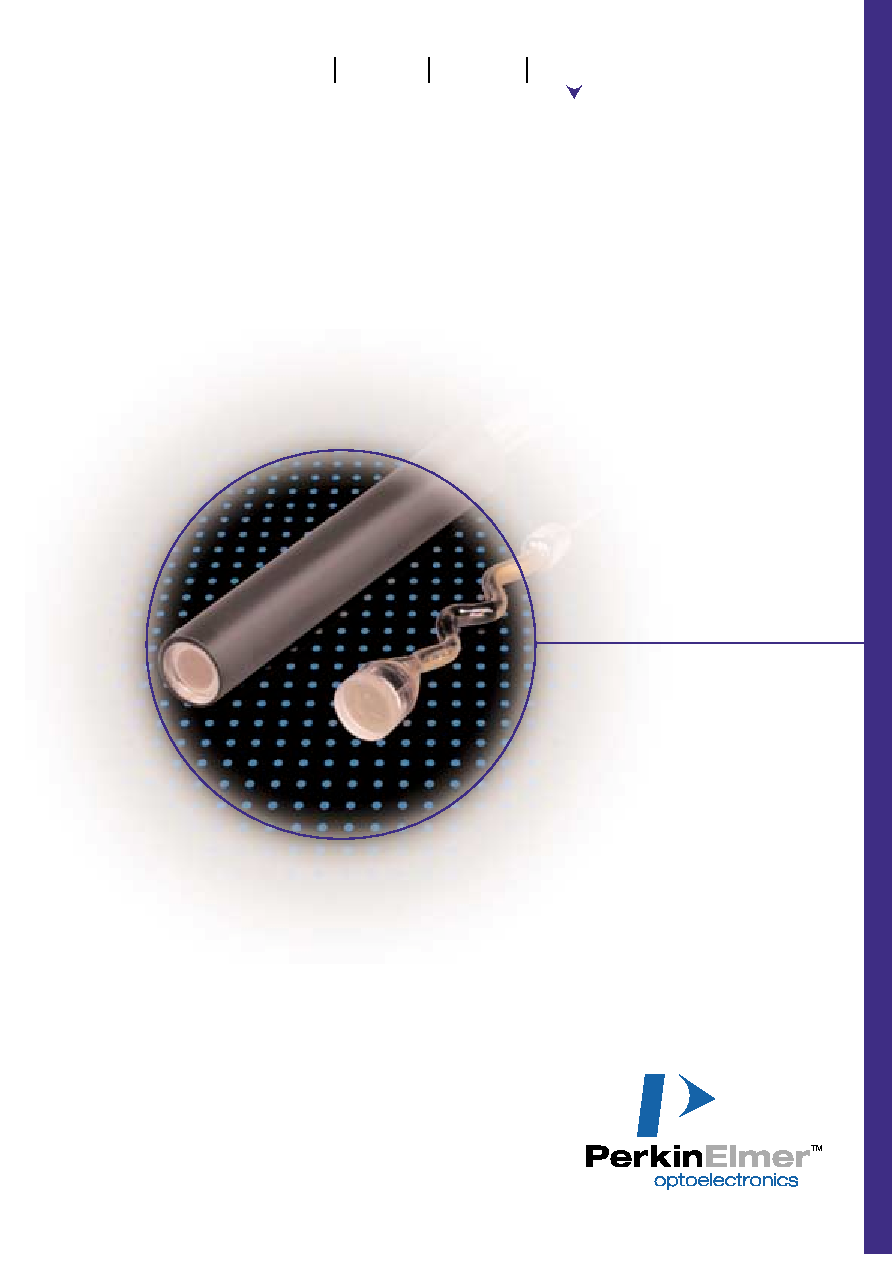
Lighting
Imaging
Telecom
Sensors
Channel Photomultipliers
Channel Photomultipliers
Overview and Specifications
.
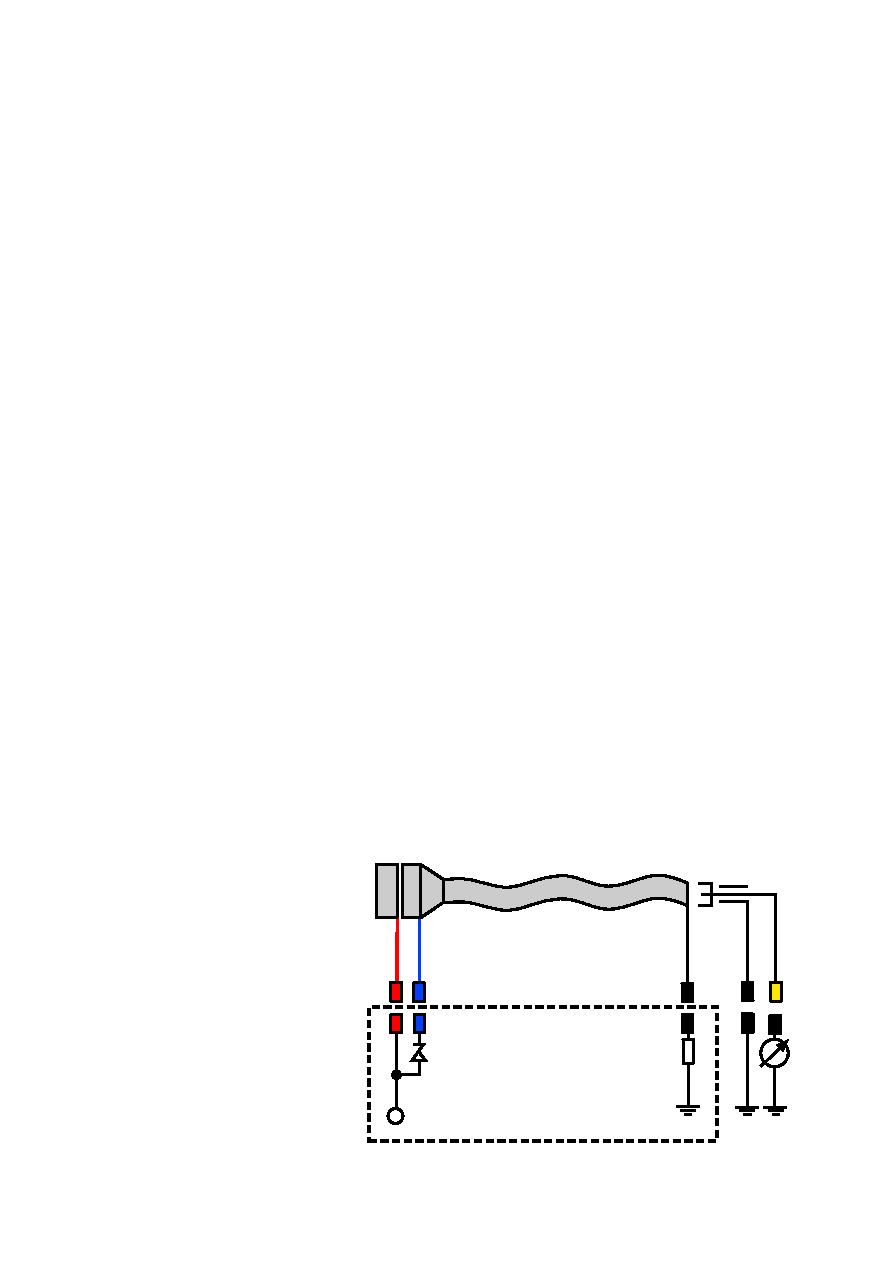
Description
PerkinElmer Optoelectronics, for-
merly EG&G Optoelectronics, is
pleased to introduce the Channel
Photomultiplier (CPM), a new ultra
high sensitivity optical detector
which replaces conventional photo-
multipliers (PMTs) and avalanche
photo diodes (APDs). This device
uses a unique detector principle, re-
sulting in a compact design with ul-
tra high gain, high dynamic range,
extremely low dark current, and fast
response.
This high-performance detector offers
fundamental advantages for analytical
instrumentation applications such as
emission spectroscopy, flourescence,
atomic absorption spectroscopy, and
bio and chemo luminescence. The
CPM also delivers important advan-
tages in life science products, indus-
trial and medical equipment, and high-
energy physics.
Principle of Operation
The CPM, like conventional photo-
multiplier tubes, converts a very low
light level into photoelectrons by a
semitransparent photocathode de-
posited on the inner surface of the
entrance window. On their way from
the cathode to the anode the photo-
electrons pass through a narrow, se-
miconductive channel. Each time the
electrons hit the inner wall of the
curved channel, multiple secondary
electrons are emitted. This effect oc-
curs multiple times along the path,
leading to an avalanche effect with a
gain exceeding 10
8
. The curved sha-
pe of the glass tube improves the
multiplication effect.
Features
∑ Ultra high anode sensitivity
up to 10
7
A/W
∑ Extremely low dark current,
typically 3pA @ 10
6
gain
∑ Very low equivalent
noise input (down to 10
-17
W)
∑ Very high stability in dark current
(no "bursts")
∑ High gain exceeding 10
8
∑ Very high dynamic range
∑ Compact dimensions
∑ Wide spectral response through
multiple window materials
∑ High resolution
∑ Fast response time
∑ High immunity to magnetic fields
∑ Rugged design
Cathode Channel-Entrance
Channel-End Anode
Coax
-20...-50 V
black
1 Mohm
Proposal for Power Supply
-HV
100 V
-HV
red
-HV +50...+300 V
blue
Physical Specification
C H A N N E L P H O T O M U L T I P L I E R
P R I N C I P L E O F O P E R A T I O N
CPM
When compared to conventional
PMTs, the CPM improves anode
sensitivity by one order of magni-
tude, while lowering dark current by
one to two orders of magnitude. The
noise level shows extreme stability
over time, with no "bursts." The
extremely low dark current results in
a higher dynamic range than con-
ventional PMTs and extends detec-
table limits for many applications.
The CPM can be used in analog-DC
mode, single photon counting mode,
and in nuclear spectroscopy (when
coupled to scintillation materials like
BGO, LSO, Nal, etc.). PerkinElmer
Optoelectronics offers a choice of
window materials and photocatho-
des to cover the spectrum from
115 nm (UV range) to 900 nm (NIR).
The new detector is a small, head-on
type with a total diameter of 10.5 mm
including encapsulation. PerkinElmer
Optoelectronics also offers custom
configurations for specific applica-
tions.
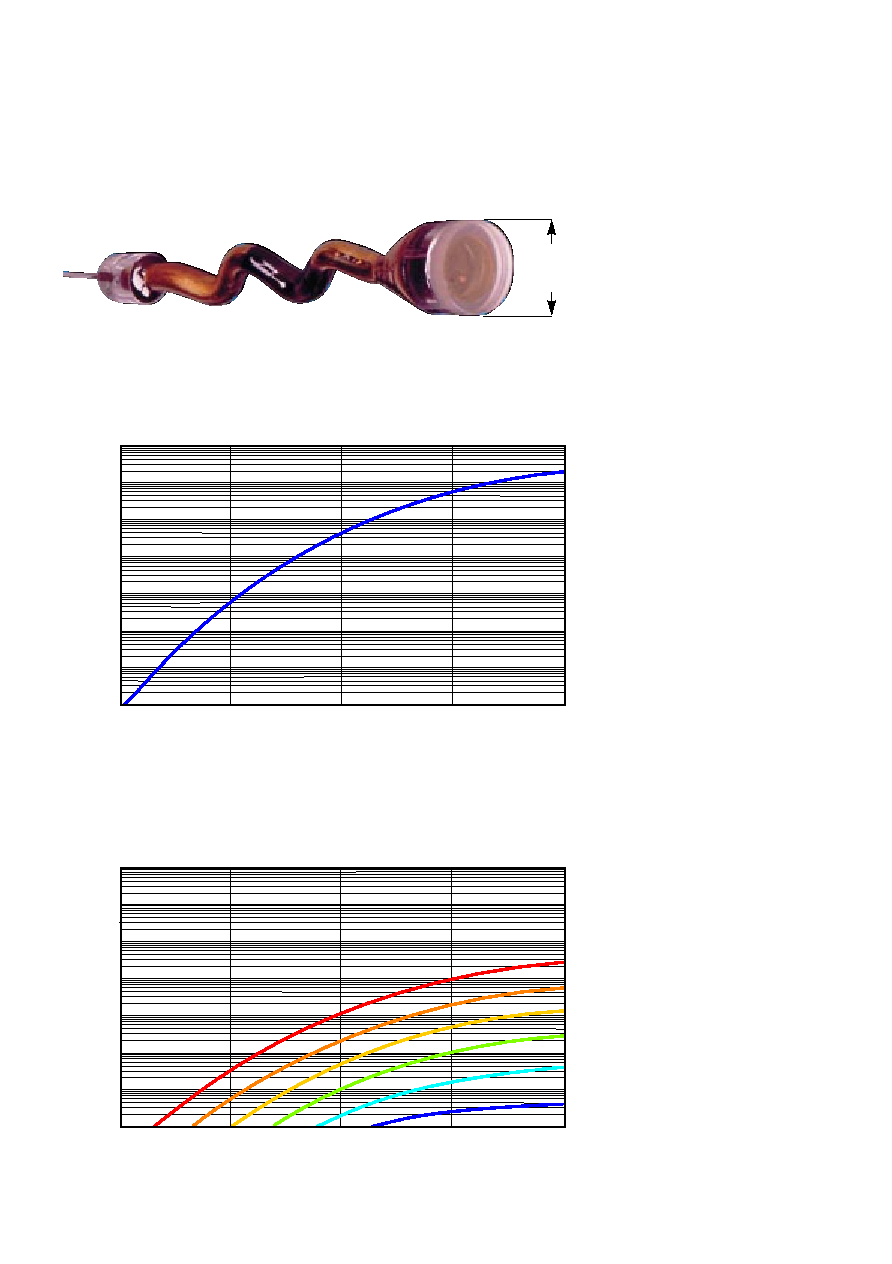
1000
1500
2000
2500
3000
1 E+09
1 E+08
1 E+07
1 E+06
1 E+05
1 E+04
1 E+03
1 E+02
Current Amplification
Bias Voltage (V)
Fig. 1: Typical current amplification
1000
1500
2000
2500
3000
1 E-05
1 E-06
1 E-07
1 E-08
1 E-09
1 E-10
1 E-11
1 E-12
Dark Current (A)
Bias Voltage (V)
Fig. 2: Typical anode dark current
C 911
C 922
C 942
C 952
C 962
C 972
M A I N F E A T U R E S
Compact Size
The CPM is one of the smallest head-
on type detectors, with a 10.5 mm
diameter including encapsulation. The
photocathode has a useful diameter
of more than 5 mm. The tube is smal-
ler, easier to use, and more rugged
than discrete dynode types. Only a
single high voltage supply of up to
3000 volts is necessary; no external
voltage divider network is required.
A variety of different sizes will be avai-
lable soon (
1
/
2
" and
3
/
4
").
Ultra high anode sensitivity
At the maximum bias voltage of 3000 V,
gains can exceed 10
8
. At 2400 V, an-
ode sensitivity is typically 3 x 10
6
A/W
at a wavelength of 410 nm with a bi-
alkali photocathode. This performan-
ce surpasses conventional PMTs by
one to two orders of magnitude and
beats APDs by approximately five or-
ders of magnitude (Fig. 1).
Extremely low dark current
The electron multiplication in the
channel is virtually silent, so dark cur-
rent depends only on the photoca-
thode material, leakage currents are
negligible. Bialkali photocathodes ex-
hibit typical dark count rates of 10
cps at a gain of 3 x 10
8
, while UV ca-
thodes have dark count rates below 1
cps. In analog DC mode, the typical
dark noise for a bialkali photocathode
is 20 pA at a gain of 10
7
. In general,
the noise level of the PerkinElmer
Optoelectronics CPM is one to two
orders of magnitude lower than dyn-
ode PMTs, resulting in a significant-
ly higher dynamic range (Fig.2).
9 mm
Unpotted
1
/
3
inch Channel Photomultiplier
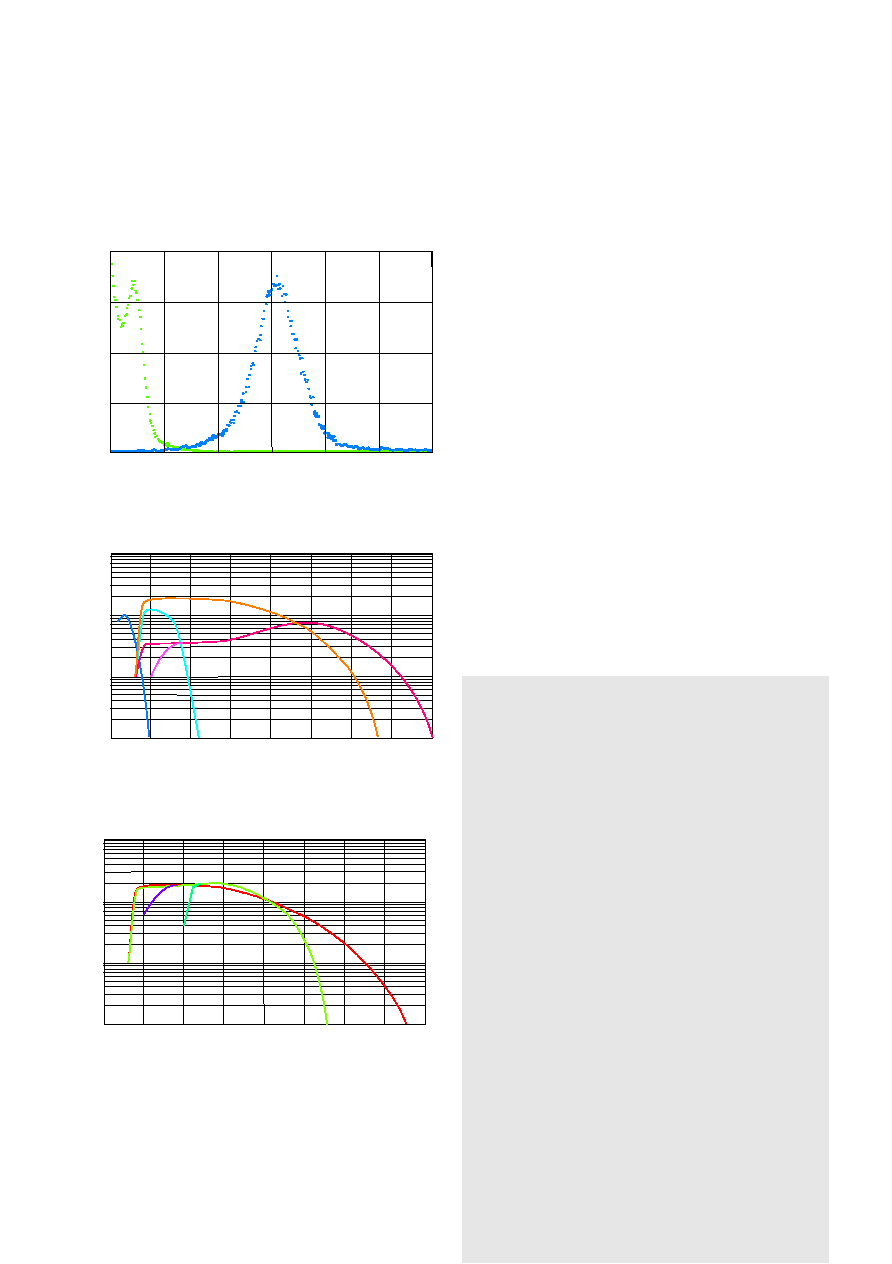
EU
PerkinElmer Optoelectronics GmbH
Heimann Opto
65020 Wiesbaden, Germany
PO-Box 3007
http://www.perkinelmer.com/opto
USA
PerkinElmer Optoelectronics
2175 Mission College Blvd.
Santa Clara, CA 95054
Tel. ++1 (408) 565 - 0830
Fax ++1 (408) 565 - 0703
http://www.perkinelmer.com/opto
Excellent photon counting resolution
At gains exceeding 10
7
the single photo electron pulse is
perfectly separated from the electrical noise, due to a sa-
turation effect of the channel. The CPM exhibits single
photon resolution with excellent peak to valley ratios.
Fig. 3 shows the single photo electron spectrum taken
from a multi-channel analyzer compared to a conventional
photomultiplier (Fig. 3).
Choice of entrance window
The CPM is available with different window materials,
which are:
MgF
2
, Quartz, UV-glass, and Borosilicate glass. The com-
bination of different photocathodes and entrance windows
results in a spectral range from 115 nm to 900 nm. Other
window materials and photocathode combinations are
available on a custom basis (Fig. 4.1 and 4.2).
Available related products
∑ High Voltage supply
CHV 30N (supplies 1 CPM, negative output voltage),
CHV 30P (supplies 1 CPM, positive output voltage),
J4-3N (supplies 10 to 15 CPMs)
∑ CPM Modules
MP900-series: Photoncounting module with
TTL output, including CPM,
electronic and high voltage
MD900-series: DC module including high
voltage supply, amplifier,
I/U converter, output 0 to 10 V,
bandwidth 1kHz
MH900-series: High voltage module,
including CPM and
high voltage power supply
∑ CPM Formats
1
/
3
" C900-series
1
/
2
" C1300-series
3
/
4
" C1900-series
Datasheets on request
0
50
100
150
200
CPM
PMT
250
300
2000
1500
1000
500
0
Counts
Channel
Fig. 3: Typical photo electron spectrum
Wavelength (nm)
100
C 922
C 952
C 911
C 972
200
300
400
500
600
700
800
900
Quantumefficency (%)
100
10
1
0.1
Fig. 4.1: Typical spectral response
C 973
Wavelength (nm)
100
C 942
C 943
C 962
200
300
400
500
600
700
800
900
Quantumefficency (%)
Fig. 4.2: Typical spectral response
100
10
1
0.1
C 944
High stability in dark current level
As a result of the semiconductive inner surface of the CPM, no charge-up effects occur at the glass surface. This
results in a very high stability of the dark current level over time, with no sudden changes (bursts). The semiconductive
surface also causes high-light recovery times to be extremely small.

CPM C900 Series
1/3" CPM Channel Photomultipliers
Technical Specifications
∑ High Sensitivity Optical Detector
∑ Extremely High Gain
∑ Ultra Low Noise
∑ 1/3 Inch, Head-On Type
Dimensions (mm)
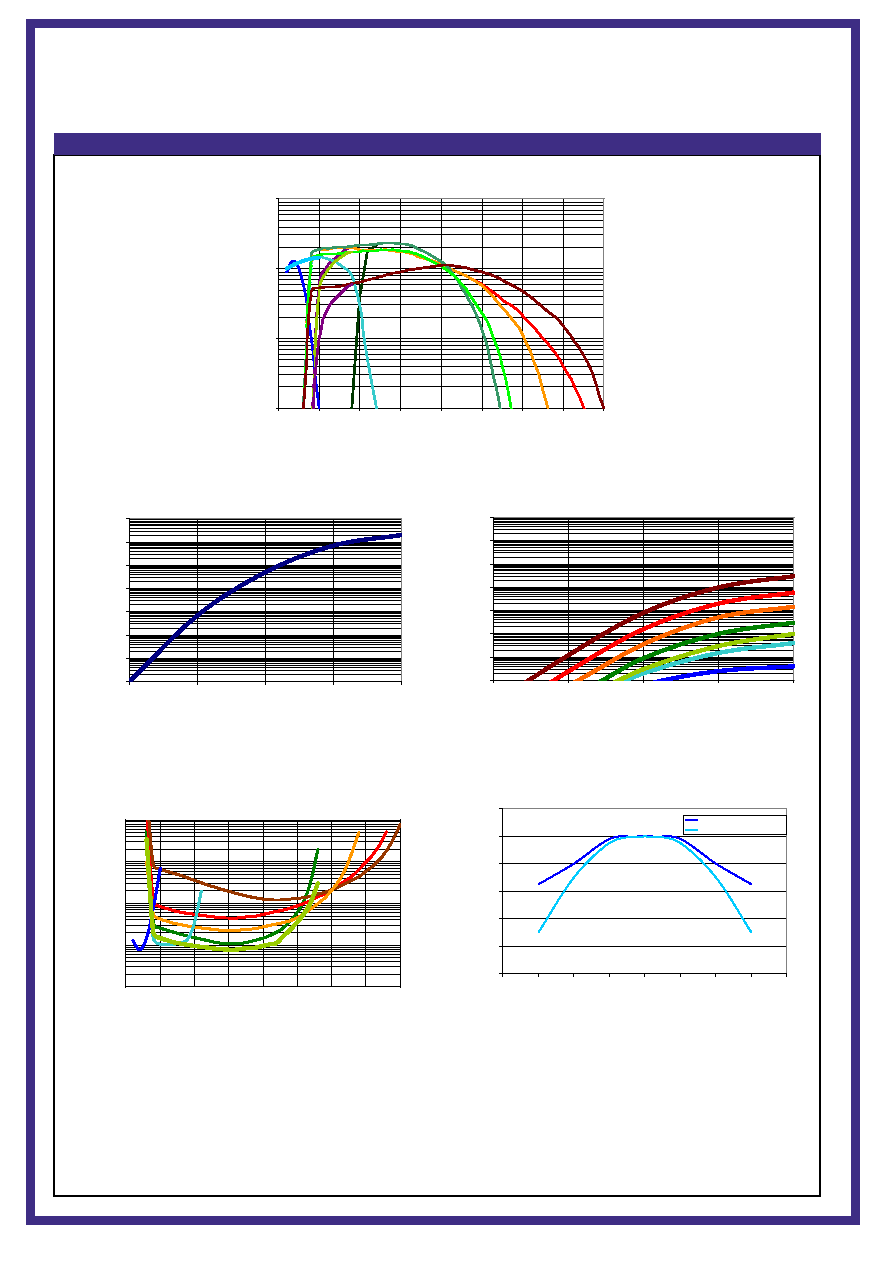
CPM C900 Series
1/3" CPM Channel Photomultipliers
Spectral response
0 .1
1
10
10 0
10 0
2 0 0
3 0 0
4 0 0
50 0
6 0 0
70 0
8 0 0
9 0 0
Wavelength (nm)
Quantumefficiency (%)
C 9 11
C 9 4 2
C 9 6 2
C 9 2 1
C 9 52
C 9 72
C 9 4 3
C 9 73
C 9 8 3
C 9 8 2
C 9 2 2
C 9 4 4
CPM C900 Performance Specifications
Current Amplification
1,E+02
1,E+03
1,E+04
1,E+05
1,E+06
1,E+07
1,E+08
1,E+09
1000
1500
2000
2500
3000
Bias Voltage (V)
Current Amplification
Dark Current
1,E-12
1,E-11
1,E-10
1,E-09
1,E-08
1,E-07
1,E-06
1,E-05
1000
1500
2000
2500
3000
Bias voltage (V)
Dark current (A)
C 972
C 942
C 911
C 922
C 962
C 952
C 982
Equivalent Noise Input
1E-18
1E-17
1E-16
1E-15
1E-14
100
200
300
400
500
600
700
800
900
Wavelength (nm)
ENI (W)
C 911 C 922
C 942
C 952
C 962
C 972
C 982
Magnetic Field Effects
0
20
40
60
80
100
120
-400
-300
-200
-100
0
100
200
300
400
Magnetic field (Gauss)
Relative output (%)
CPM -axial magn field
CPM -transverse magn field
CAUTION: High Voltage Warning!
This product is operated at high voltage. Extreme care must be taken to ensure operator safety and to avoid
damage to other instruments. Avoid direct contact with the photomultiplier when high voltage is applied. Avoid
placing conductive material close to the cathode.
All given values are nominal/typical @ 20 ∞C ambient temperature; specifications subject to change without
notice.

CPM C1300 Series
1/2" CPM Channel Photomultipliers
Technical Specifications
∑ High Sensitivity Optical Detector
∑ Extremely High Gain
∑ Ultra Low Noise
∑ 1/2 Inch, Head-On Type
Dimensions (mm)
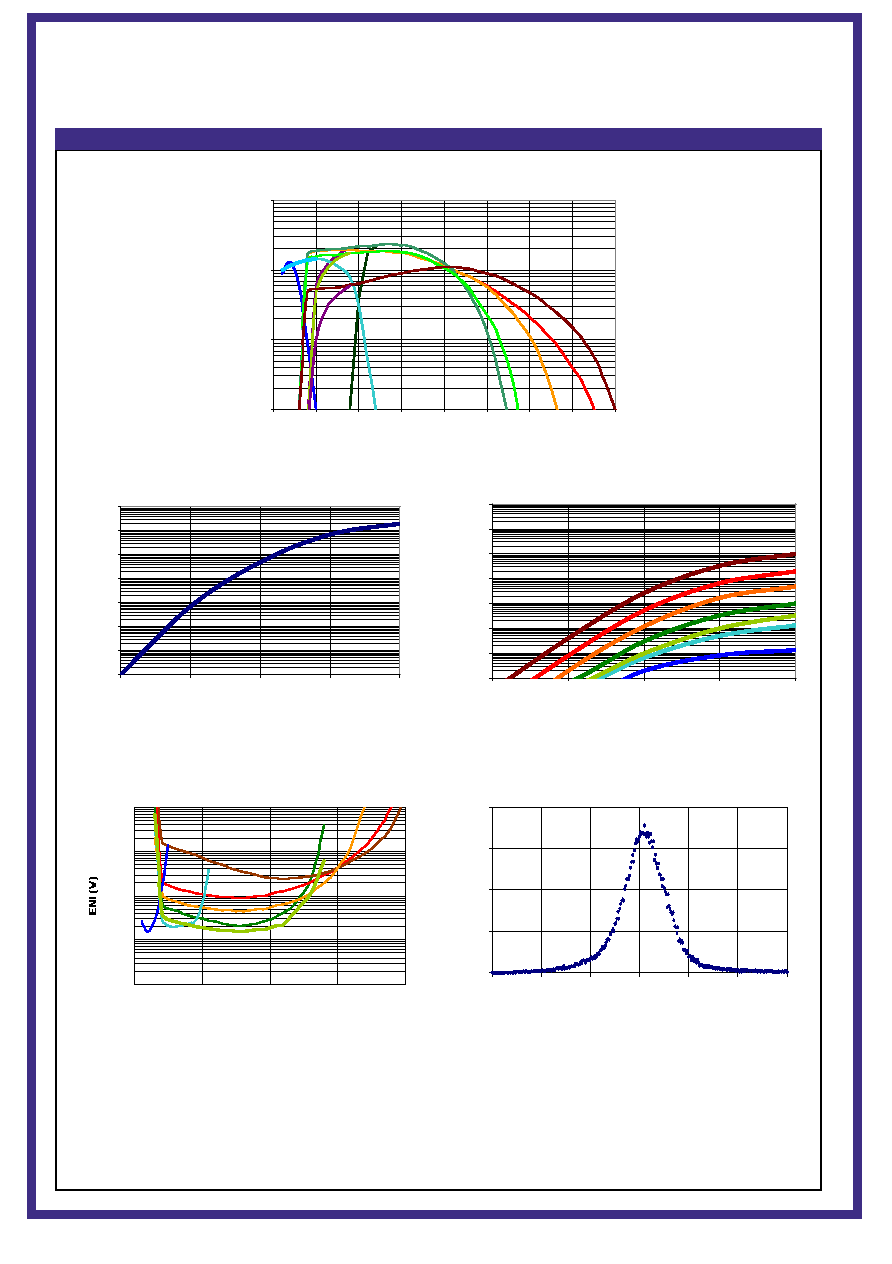
CPM C1300 Series
1/2" CPM Channel Photomultipliers
Spectral response
0 .1
1
10
10 0
10 0
2 0 0
3 0 0
4 0 0
50 0
6 0 0
70 0
8 0 0
9 0 0
Wavelength (nm)
Quantumefficiency (%)
C 13 11
C 13 4 2
C 13 6 2
C 13 2 1
C 13 52
C 13 72
C 13 4 3
C 13 73
C 13 8 3
C 13 8 2
C 13 2 2
C 13 4 4
CPM C1300 Performance Specifications
Current Amplification
1,E+02
1,E+03
1,E+04
1,E+05
1,E+06
1,E+07
1,E+08
1,E+09
1000
1500
2000
2500
3000
Bias Voltage (V)
Current Amplification
Dark Current
1,E-12
1,E-11
1,E-10
1,E-09
1,E-08
1,E-07
1,E-06
1,E-05
1000
1500
2000
2500
3000
Bias voltage (V)
Dark current (A)
C 1372
C 1342
C 1311
C 1322
C 1362
C 1352
C 1382
Equivalent Noise Input
1E -18
1E -17
1E -16
1E -15
1E -14
100
300
500
700
900
W avelength (nm )
C 13 11
C 13 2 2
C 13 4 2
C 13 52
C 13 6 2
C 13 72
C 13 8 2
Typical Photo Electron Spectrum
0
500
1000
1500
2000
0
50
100
150
200
250
300
Channel
CPM
Counts
CAUTION: High Voltage Warning!
This product is operated at high voltage. Extreme care must be taken to ensure operator safety and to avoid
damage to other instruments. Avoid direct contact with the photomultiplier when high voltage is applied. Avoid
placing conductive material close to the cathode.
All given values are nominal/typical @ 20 ∞C ambient temperature; specifications subject to change without
notice.
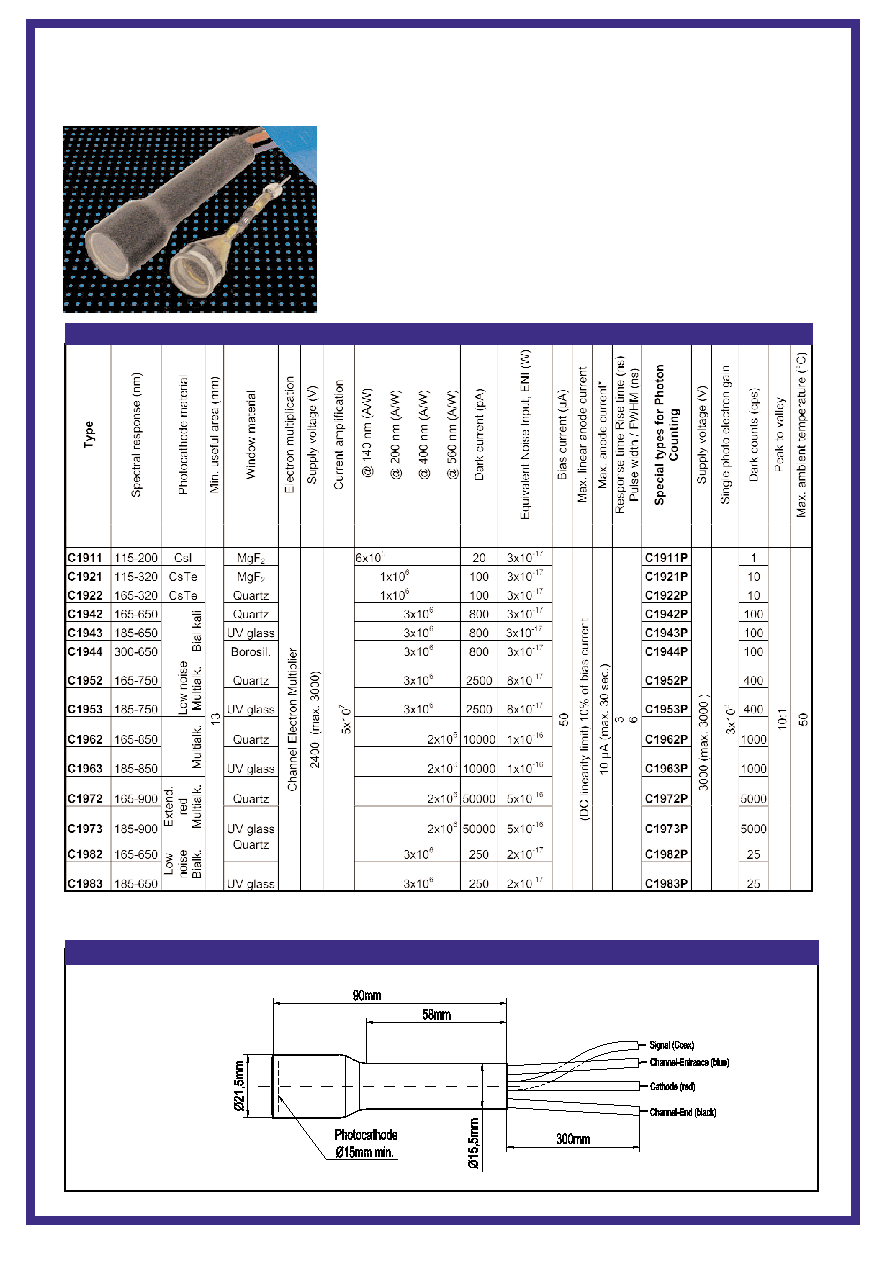
CPM C1900 Series
3/4" CPM Channel Photomultipliers
Technical Specifications
∑ High Sensitivity Optical Detector
∑ Extremely High Gain
∑ Ultra Low Noise
∑ 3/4 Inch, Head-On Type
Dimensions (mm)
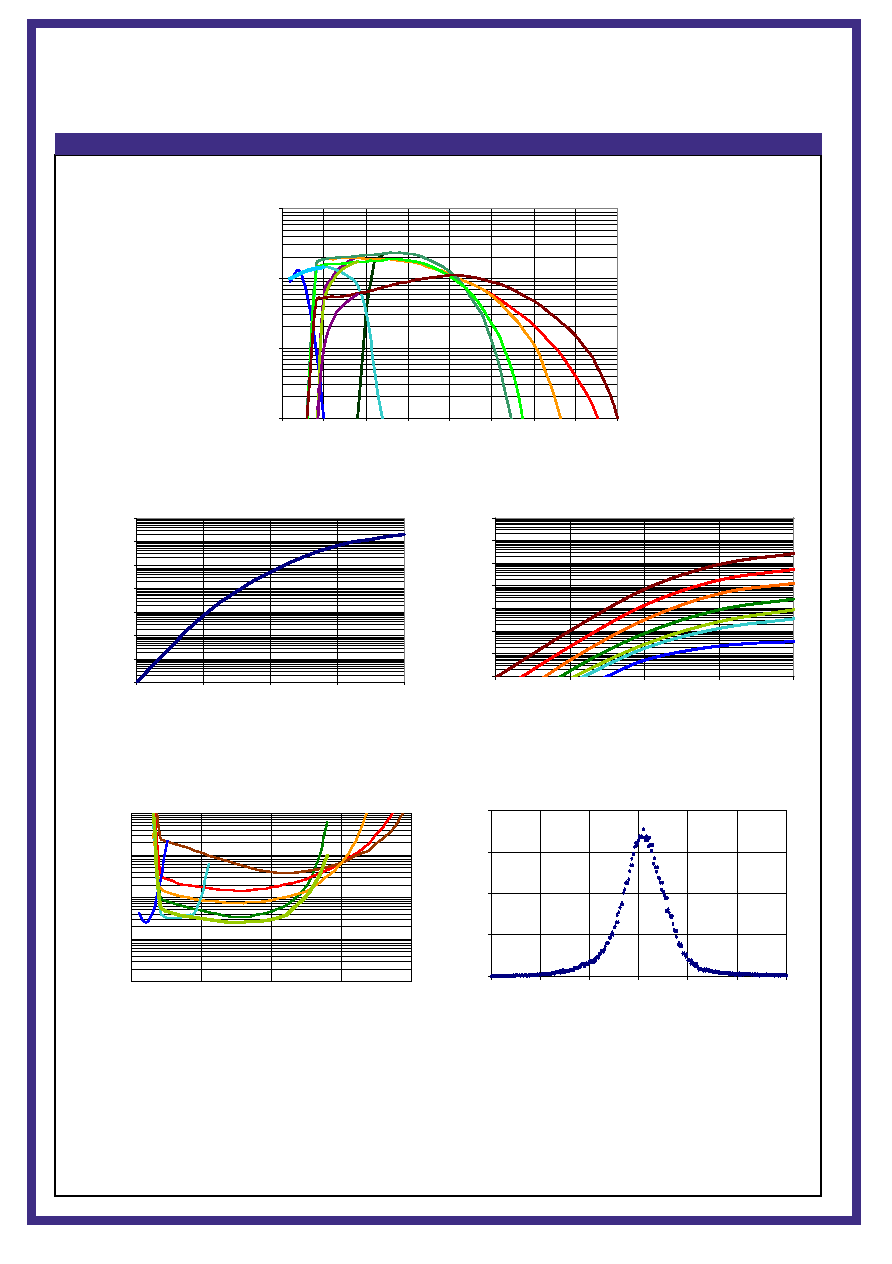
CPM C1900 Series
3/4" CPM Channel Photomultipliers
Spectral response
0 .1
1
10
10 0
10 0
2 0 0
3 0 0
4 0 0
50 0
6 0 0
70 0
8 0 0
9 0 0
Wavelength (nm)
Quantumefficiency (%)
C 19 11
C 19 4 2
C 19 6 2
C 19 2 1
C 19 52
C 19 72
C 19 4 3
C 19 73
C 19 8 3
C 19 8 2
C 13 2 2
C 19 4 4
CPM C1900 Performance Specifications
Current Amplification
1,E +0 2
1,E +0 3
1,E +0 4
1,E +0 5
1,E +0 6
1,E +0 7
1,E +0 8
1,E +0 9
10 0 0
150 0
2 0 0 0
2 50 0
3 0 0 0
Bias Voltage (V)
Current Amplification
Dark Current
1,E-12
1,E-11
1,E-10
1,E-09
1,E-08
1,E-07
1,E-06
1,E-05
1000
1500
2000
2500
3000
Bias voltage (V)
Dark current (A)
C 1972
C 1942
C 1911
C 1922
C 1962
C 1952
C 1982
Equivalent Noise Input
1E-18
1E-17
1E-16
1E-15
1E-14
100
300
500
700
900
W avelength (nm )
ENI (W)
C 1911C 1922
C 1942
C 1952
C 1962
C 1972
C 1982
Typical Photo Electron Spectrum
0
500
1000
1500
2000
0
50
100
150
200
250
300
Channel
CPM
Counts
CAUTION: High Voltage Warning!
This product is operated at high voltage. Extreme care must be taken to ensure operator safety and to avoid
damage to other instruments. Avoid direct contact with the photomultiplier when high voltage is applied. Avoid
placing conductive material close to the cathode.
All given values are nominal/typical @ 20 ∞C ambient temperature; specifications subject to change without
notice.

w w w . p e r k i n e l m e r. c o m / o p t o
© 2001 PerkinElmer, Inc. All rights reserved.
.
USA:
PerkinElmer Optoelectronics
2175 Mission College Blvd.
Santa Clara, CA 95054
Phone: (408) 565-0850
Fax: (408) 565-0793
EUROPE:
PerkinElmer Optoelectronics GmbH
Wenzel-Jaksch-Str. 31
65199 Wiesbaden
Germany
Phone: +49 611 492 534
Fax: +49 611 492 578
ASIA:
PerkinElmer Optoelectronics
47 Ayer Rajah Crescent #06-12
Singapore 139947
Phone: +65 775 2022
Fax: +65 775 1008
DS-291 Rev A 1101










